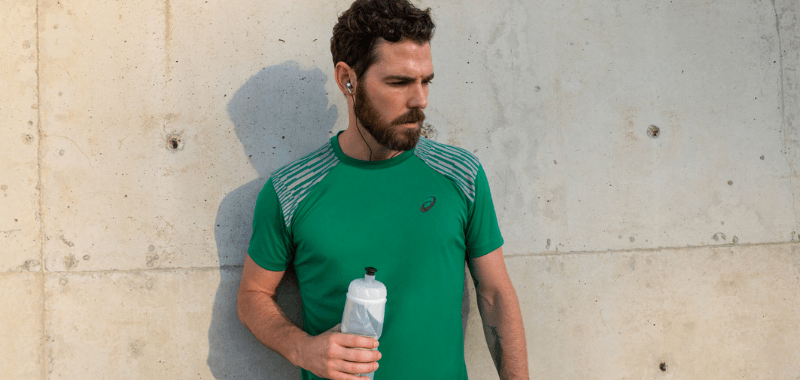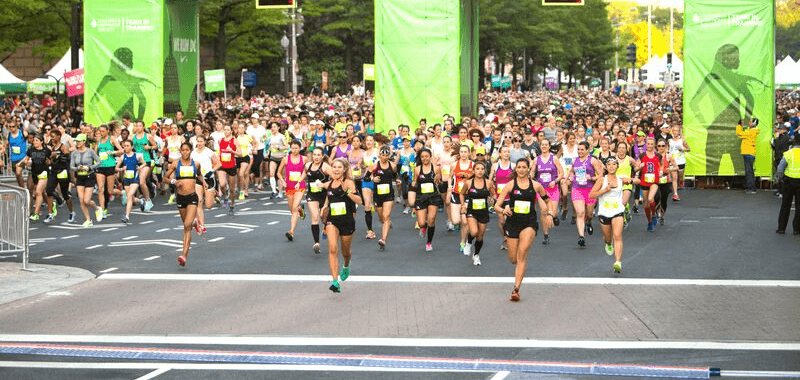Tabla de contenido
In daily life, fluid intake should replace fluid losses and thus establish a balance. On average, this loss ranges between 2.7 liters in men and 3.7 liters in women in 24 hours; 20-30% of this is covered by food and 70-80% by water or liquids. This is why we should drink at least eight glasses of water daily.
People who exercise must replace the daily loss and the loss related to the activity they perform. Fluid loss during training occurs mainly through sweat and varies between individuals; generally, it is more significant in men vs. women, trained vs. untrained individuals, well-hydrated vs. dehydrated subjects, and hot and/or humid climates vs. cool and/or dry.
How much fluid do we lose during exercise?
Although fluid loss varies, ranging from 800-1200cc/h in women and 1000-2000cc/h in men, low fluid intake causes lower performance, higher heart rate, highly concentrated urine, high risk of kidney stones, kidney failure, heat stroke, and even, in very drastic cases, even death.
Sweat is a body cooling mechanism, as explained in the article: Why we should hydrate (2 of 2). If you do not ingest enough fluid, sweat loss is low, so there is no way to eliminate the body heat generated by exercise.
If during a workout, we lose an amount of fluid equivalent to more than 1% of body weight (e.g., starting weight 60kg and ending weight 59.400 kilograms or less), and this is not replaced during exercise, our performance will be affected. By not replacing the fluid, plasma volume decreases, and the work of the heart increases. This must beat faster to ensure the arrival of nutrients and oxygen to the muscle, so our heart rate (HR) increases when dehydrated.
Hydration should replace 100% of the loss through sweat, and this requires continuous intake during exercise. You should avoid taking large quantities only when you feel thirsty; thirst is already an indicator of dehydration.
What is the best way to replace the fluids lost through exercise?
An important detail is that as the degree of dehydration increases, you have less tolerance for oral fluids, and in many cases, when drinking them, you get nauseous or even vomit; if this is the case, you will need an intravenous serum to replace the loss of fluid and electrolytes.
Remember, if you cannot replace the total loss of fluid, you should at least manage to take what is necessary so that at the end of the training, your weight is only 1% less than the initial weight.
Personalized plans with running.COACH
Soymaratonista.com together with running.COACH offers personalized English plans that fit your current conditions and future competitions. running.COACH is a customized plan for running with iOS and Android applications.
In addition, with this subscription, you get 30 days on the running. You can create a 100% personalized and dynamic training plan with the COACH app.
USE PROMO CODE: B6TQTH












0 Comments